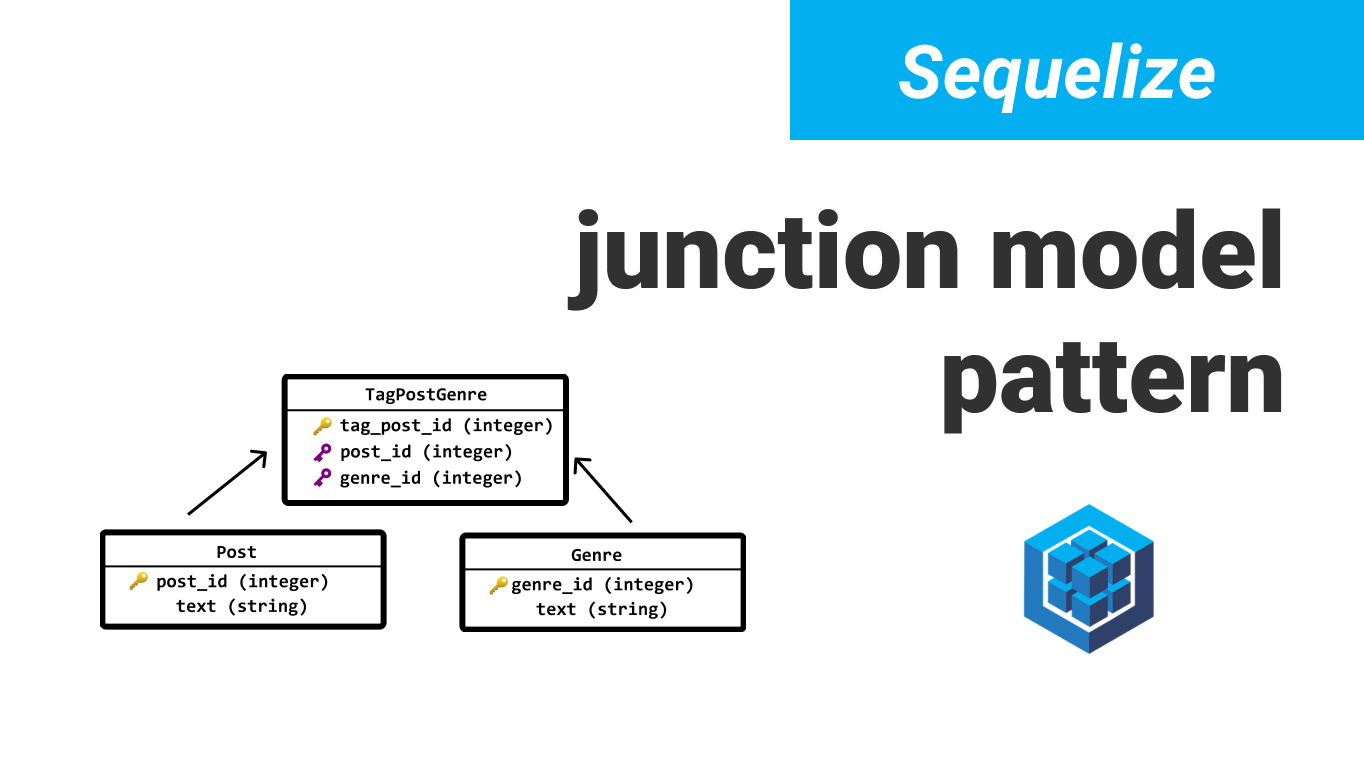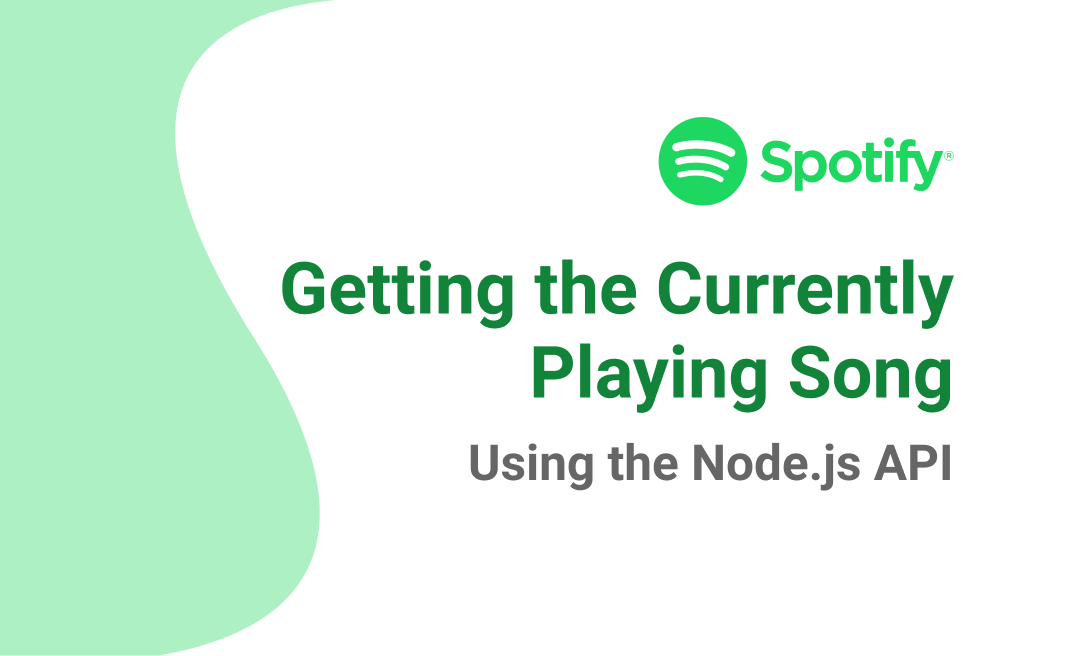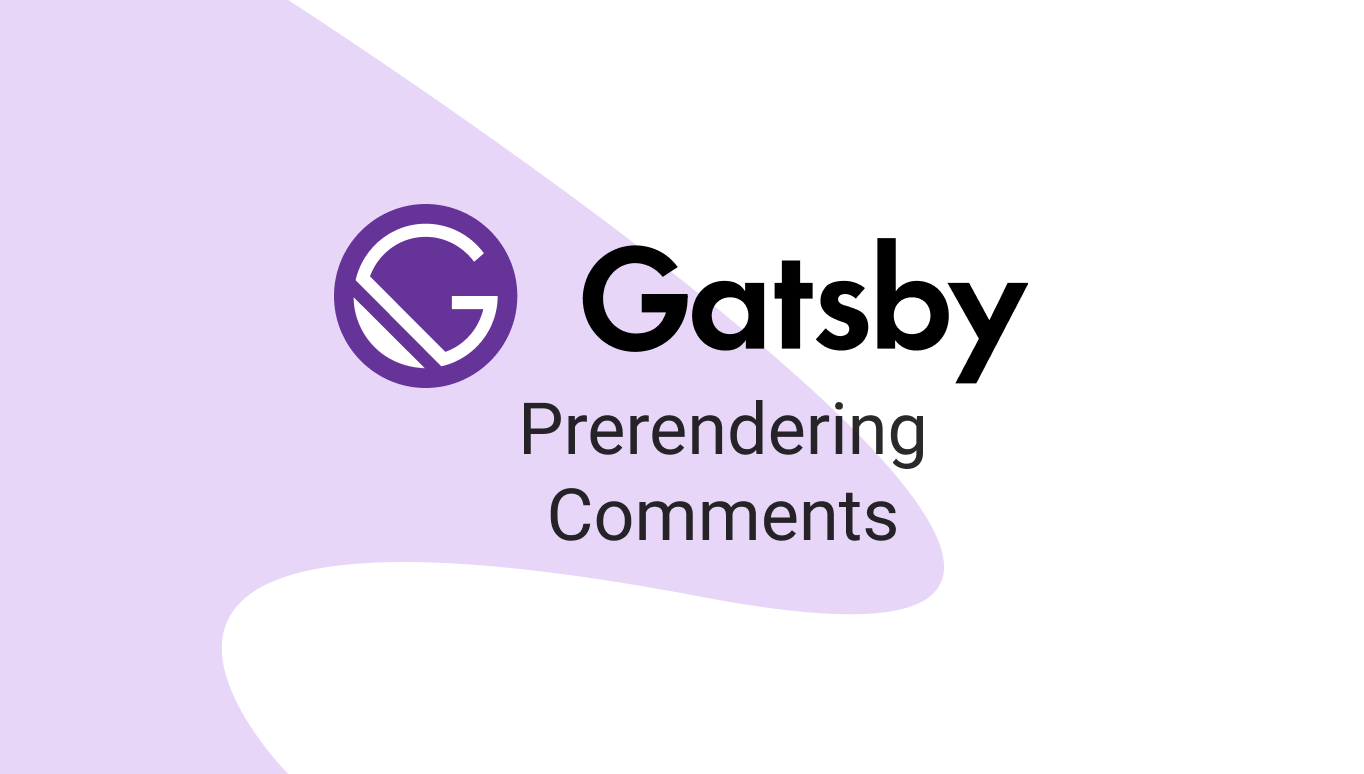Junction Model Pattern: Many-to-Many - Sequelize

Let's assume you're building a blog with Sequelize.
On your blog, you can create a bunch of Posts. As a way to describe your post, it can belong to many different Genres.
This blog post for example, might have the Sequelize, Orm, and Web Development tag.
So far, we have two models: Post and Genre.
// Post.js
module.exports = function(sequelize, DataTypes) {
const Post = sequelize.define('post', {
post_id: {
type: DataTypes.INTEGER(11),
allowNull: false,
autoIncrement: true,
primaryKey: true
},
text: {
type: DataTypes.TEXT,
allowNull: false
}
}, {
timestamps: true,
underscored: true,
tableName: 'post',
});
return Post;
};// Genre.js
module.exports = function(sequelize, DataTypes) {
const Genre = sequelize.define('genre', {
genre_id: {
type: DataTypes.INTEGER(11),
allowNull: false,
autoIncrement: true,
primaryKey: true
},
name: {
type: DataTypes.STRING(60),
allowNull: false,
unique: true
}
}, {
timestamps: true,
underscored: true,
tableName: 'genre',
});
return Genre;
};Great. Now how do we model the many-to-many relationship between them?
Modeling the junction table
We need to create a junction table to store the relationship between the two.
In order to model it, we'll end up with three tables instead of just two.
I know that there's a way to get Sequelize to create this for you simply by using the correct association methods, but I like to be explicit about it.
Let's go ahead and create the additional model now.
// tagPostGenre.js
module.exports = function(sequelize, DataTypes) {
const TagPostGenre = sequelize.define('tag_post_genre', {
tag_post_genre_id: {
type: DataTypes.UUID,
defaultValue: DataTypes.INTEGER(11),
primaryKey: true
},
post_id: {
type: DataTypes.INTEGER(11),
primaryKey: false,
references: {
model: 'post',
key: 'post_id'
},
onDelete: 'cascade',
onUpdate: 'cascade',
unique: 'unique-genre-per-post'
},
genre_id: {
type: DataTypes.INTEGER(11),
primaryKey: false,
references: {
model: 'genre',
key: 'genre_id'
},
onDelete: 'cascade',
onUpdate: 'cascade',
unique: 'unique-genre-per-post'
},
}, {
timestamps: true,
underscored: true,
tableName: 'tag_post_genre'
});
return TagPostGenre;
};Also, it's not necessary to prepend the model name with "Tag-", I just like to do that because it allows me to understand at a glance that that table is a Junction table between the other two tables mentioned in the name.
Here's what's important about this so far:
- We've created foreign key relationships to the
PostandGenremodel. - We added a composite unique constraint in order to prevent a post from adding the same genre twice.
Now that we have the model created, we have to associate them all together with Sequelize so that we can get the benefits of using the convenience methods they expose.
Update the Associations
Add the associations on TagPostGenre junction table/model.
TagPostGenre.associate = (models) => {
TagPostGenre.belongsTo(models.Post, { foreignKey: 'post_id', targetKey: 'post_id', as: 'Post' });
TagPostGenre.belongsTo(models.Genre, { foreignKey: 'genre_id', targetKey: 'genre_id', as: 'Genre' });
}Add the association on Genre.
Genre.associate = (models) => {
Genre.belongsToMany(models.Post, { as: 'PostsInGenre', through: models.TagPostGenre, foreignKey: 'genre_id'});
}Finally, add the association on Post.
Post.associate = (models) => {
Post.belongsToMany(models.Genre, { as: 'GenresForPost', through: models.TagPostGenre, foreignKey: 'post_id'});
}The as key in the second argument's config object using belongsToMany is a way to specify the alias when we're doing Eager Loading / Include Queries.
Usage
If you want to set the genres for a Post instance...
const post = await Post.findOne({ where: { post_id: 1 }});Since we've added the associations, you should have access to the convenience methods that Sequelize adds.
In this particular case, expect to see something like setGenres() on the post instance.
const genreIds = [1,2,3];
await post.setGenres(genreIds);
const genres = await post.getGenres();
console.log(genres) // genre instances! [{}, {}, {}]We can use the ids of the genres to set the genres for this post.
You can also retrieve all of the genres using get-"plural junction association name"(). In this case, getGenres().
You can always double check that the methods have been added by using the vscode debugger.
Discussion
Liked this? Sing it loud and proud 👨🎤.
Stay in touch!
Join 15000+ value-creating Software Essentialists getting actionable advice on how to master what matters each week. 🖖
View more in Web Development
You may also enjoy...
A few more related articles





